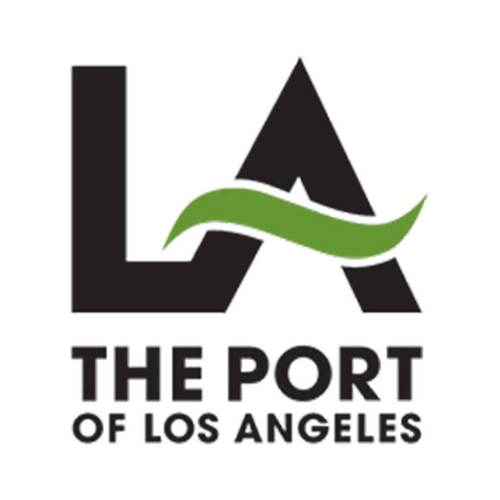
HOW DO SPEED LIMIT SIGNS MAINTAIN DRIVER’S SPEEDS?
Speed limit signs are common features of roads all over the world and are essential for maintaining safe and orderly traffic movement. These signs act as useful instruments to maintain a steady and safe speed among motorists, in addition to informing drivers of the top speed limit on a particular road. The process underlying how speed limit signs achieve this goes beyond basic laws; it includes psychology, enforcement, and the primary goal of ensuring road safety.
Psychological Impact
Visual cues and environmental elements have a big impact on human behavior. By giving drivers clear and simple instructions, speed limit signs make use of this psychological phenomenon. When drivers see a sign indicating a speed restriction, their natural reaction is to match that pace. This is especially true when signage is put in places where a change in speed is appropriate, such as when leaving residential areas and entering busy thoroughfares or school zones.
Lawful Compliance
Legal authority is granted to speed limit signs. Drivers are informed of the legal limit and are urged to obey it to avoid any legal repercussions. Drivers are motivated to stay within the restrictions by fear of fines, penalties, and even the possibility of having their licenses suspended. This fear and respect for the law work together to effectively prevent excessive speeding.
Consistency in Expectations
The behavior of drivers on a particular road is set forth by the speed limit signs. A shared sense of what feels safe and acceptable is created when all drivers are aware of the posted limit. This uniformity in expectations lowers the possibility of abrupt speed changes and encourages a more seamless traffic flow. The risk of crashes brought on by abrupt speed differences is reduced when everyone is traveling at the same pace.
Enforcement and Surveillance
The use of speed restriction signs to monitor and control speeds complements that of the law. These signs enable law enforcement organizations to concentrate speed limit signs their efforts in places where speeding is more likely to happen. The presence also serves as a constant reminder to drivers that their activities are being observed. This, in turn, motivates them to adhere to the speed restrictions to avoid possible consequences.
Cognitive Ease
Speed restriction signs help drivers think more clearly. They do away with the necessity for motorists to judge the right speed based on the state of the road, any potential dangers, and the presence of other cars. Instead, drivers can use the stated limit as a trustworthy benchmark, lessening the cognitive burden and freeing up mental resources to concentrate on other parts of driving, such as foreseeing traffic changes or responding to unforeseen situations.
Education and Awareness
Speed limit signs also play a crucial role in educating drivers about the intended purpose of specific roadways. For instance, lower speed limits in school zones underscore the importance of heightened caution and vigilance in areas where children are likely to be present. In contrast, higher speed limits on highways emphasize the need for efficiency and swift movement. By communicating the purpose of each road segment, speed limit signs contribute to safer driving behaviors.
Conclusion
Speed limit signs are not just arbitrary numbers on the side of the road; rather, they are crucial components of a thorough strategy for enhancing road safety. These signs are essential in keeping drivers’ speeds in check and promoting a safer driving environment for all drivers through a mix of psychological influence, judicial authority, consistency, enforcement, and education. The likelihood of accidents is decreased, orderly traffic flow is promoted, and everyone using the road is kept safe when vehicles follow stated speed restrictions.
FAQ’s
Q.1 What are the speed limit signs on the road?
Ans. Speed limit signs are roadside signs indicating the maximum legal speed allowed on a specific road.
Q.2 What is the highest speed limit in the world?
Ans. The highest speed limit in the world varies, but Texas State Highway 130 has sections with a posted speed limit of 85 mph (137 km/h).
Q.3 What do post-speed limit signs indicate?
Ans. Posted speed limit signs indicate the legal maximum speed allowed on that particular road or section.
Q.4 Why does Google Maps not always show the speed limit?
Ans. Google Maps may not always show speed limits due to limitations in the available data sources.
Q.5 What is the difference between the minimum and maximum speed limits?
Ans. The minimum speed limit sets the lowest legal speed, while the maximum speed limit sets the highest legal speed allowed on a road.
Q.6 Is it OK to go slower than the speed limit?
Ans. It’s generally okay to go slower than the speed limit if it’s safe, but you shouldn’t hinder traffic unnecessarily.
Q.7 What is the advantage of a speed limit?
Ans. The advantage of speed limits is that they promote safe and organized traffic flow, reduce accidents, and improve road safety.
Q.8 What happens when speed is maximum?
Ans. When speed is at its maximum, vehicles are traveling at the legal top speed allowed, which should be done safely and responsibly.





















